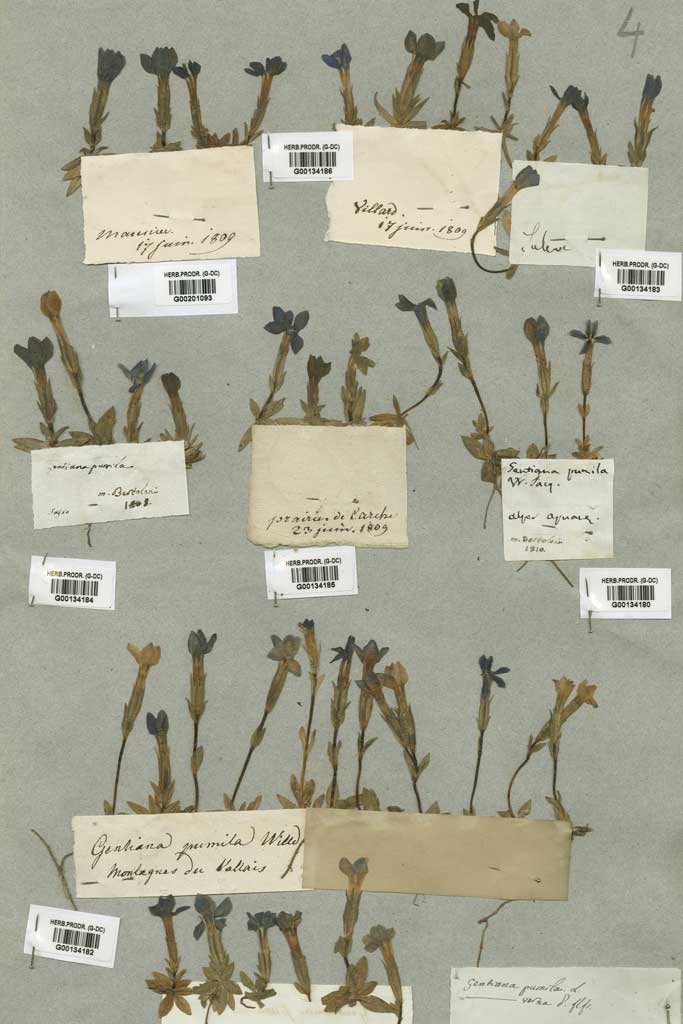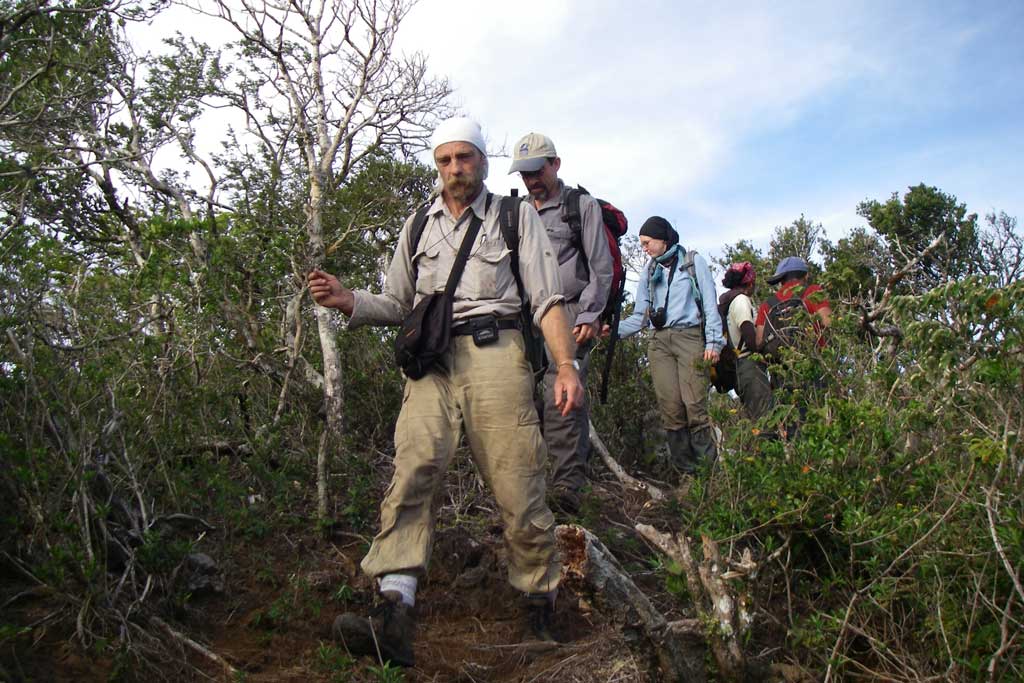From the 18th century, Geneva was imbued with a naturalist spirit owing as much to the influence of Jean-Jacques Rousseau as it does to the local work of great botanists. Indeed, Augustin Pyramus de Candolle, Horace-Bénédict de Saussure and Pierre Edmond Boissier all taught in the city. De Candolle helped to create the Geneva Botanical Gardens in 1817, which were joined by the Conservatory in 1824. This led to a boom in the “pleasing” science of botany, which also became a popular hobby in high society. The fashion for botany helped to turn Geneva into a city of parks with a wealth of former private gardens transformed into arboreta that have long featured indigenous species alongside rare exotic specimens.
This unusual interest allowed Geneva to amass the world’s fifth-largest herbarium collection and one of the top three systematic botanical libraries worldwide – a rich heritage that benefits the worlds of academia and horticulture alike. Even today, the people of Geneva are as passionate as ever about plants. This is made clear by the city’s landscapes, which have been shaped over the years by efforts to preserve biodiversity and to foster teaching and research in the field of botany. Undoubtedly one of the most popular aspects is the tradition, dating back to 1818 and overseen by the secretary of the cantonal parliament, whereby the appearance of the first bud on the "marronier de la Treille" – the “Official Chestnut Tree” – marks the first day of spring.
Detailed description
La botanique genevoise et le marronnier de la Treille (PDF, 478 kB, 04.06.2018)description détaillée
Category
Canton
Video
Connected traditions
Publications
Christine Amsler, Isabelle Bovay, Miltos Thomaïdes (Ed.) : 2008, Jardin, Jardins. Trois siècles d’histoire des jardins à Genève. Gollion, 2008
John Briquet : Le Conservatoire botanique de Genève. L'importance internationale de ses collections scientifiques. Sa situation actuelle. Genève, 1926 (Ed. anglaise : The botanical Conservatory of Geneva. The international importance of its scientific collections. Present situations)
John Briquet : Genève. Centre international de botanique. [S.l.], [s.d.]
Charles Baehni : Genève et ses botanistes voyageurs. In: Histoire des sciences à Genève. Exposition du 15 avril au 30 juin 1955, Musée Rath. Genève, 1955, p. 41-52
Hervé Maurice Burdet, Hubert Romain Greppin, Rodolphe-Edouard Spichiger : Le développement de la botanique à Genève. In : Botanica helvetica vol. 100. Bâle, 1990, p. 273-292
René Sigrist, Patrick Bungener : The first botanical gardens in Geneva (c. 1750-1830). Private initiative leading science. In : Studies in the History of Gardens & Designed Landscapes vol. 28. London, 2008, p. 333-350
Franz A. Stafleu : Charles Baehni and the Great Tradition. In : Boissiera vol. 11. Genève, 1965, IX-XXXIX
Pierre Stoller, Roger Beer : La première feuille du marronnier de la Treille. Genève, 1994
Keywords
Spring
Summer
Contact
République et canton de Genève
Service cantonal de la culture
Les conservatoire et jardin botaniques de la Ville de Genève












